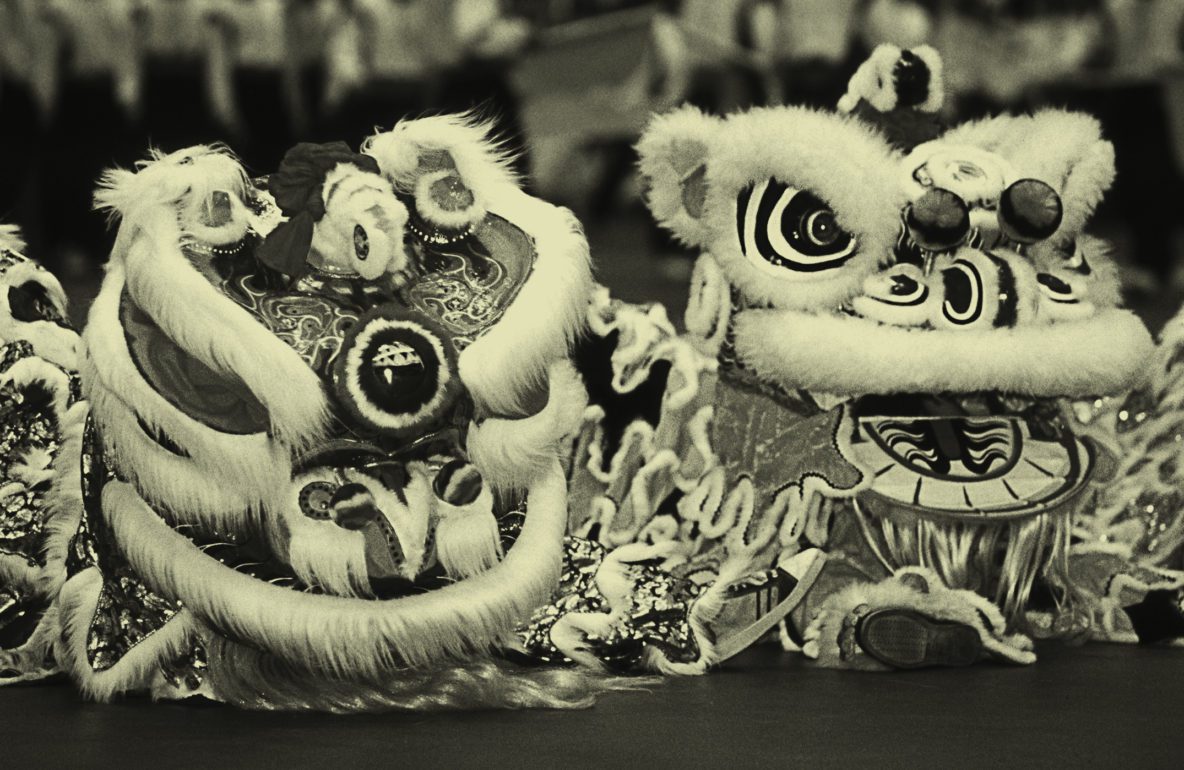Chinese martial arts have reached its peak in the period between the 70s and the 90s when they were massively promoted by movies made in Hong Kong. In these films, actors such as Bruce Lee and Jackie Chan, among others, have evoked in the collective imaginary a sense of a romantic and invincible battle against evil, restoring concord and justice.
Rolando Martins | Published 31 March 2019
Chinese martial arts have reached its peak in the period between the 70s and the 90s when they were massively promoted by movies made in Hong Kong. In these films, actors such as Bruce Lee and Jackie Chan, among others, have evoked in the collective imaginary a sense of a romantic and invincible battle against evil, restoring concord and justice. The millennial techniques, a pinnacle of martial sophistication, were inspired by many gods, significant generals of the past, revolutionary figures, or even by nature and its manifestations, transmitted the feeling of supreme invincibility, only reachable by a struggling and profound dedication and the attentive supervision of a severe master. The result of all this effort could not be any other than the acquisition and mastery of transcendental superhuman and mysterious powers, which allowed the complete extermination of enemies and others. Kung Fu schools started to proliferate like mushrooms, taking advantage of the enthusiasm and voracity of the moment. Big secrets were sold, and others were promised.
Today, a pair of decades after this golden period, the reality is the extreme opposite. Fall in disgrace, or perhaps seen with less grace, Chinese martial arts are today the residue of a once widely popular modality. Gone are the times when magic was the substrate of learning, sophistication and technical complexity the reward of effort. What had initially made Chinese martial arts so popular has now become its own nemesis. Its mysterious and metaphysical force, its inherent complexity and sophisticated technique, its traditional Chinese teaching methodology, and its inevitable cultural anchor have become not only difficult obstacles to overcome, but also evident corollaries of the contemporary nonconformity experienced by young virtual generations, who live the present in an immediate and frenetic manner.
‘‘ Chinese martial arts are today the residue of a once widely popular modality. What had initially made Chinese martial arts so popular has now become its own nemesis.
On the other hand, the release of these ties has a perverse consequence: a monstrous disfigurement, which takes away the martial arts essence, precisely based on its ancestral roots. How, then, to make the necessary framing in this globalised world, where sports, morals and cultural values, just to name a few, are increasingly universal and already installed in the collective consciousness? What new methodologies should be addressed to frame and encourage practitioners to reach objectives and levels that are usually found in competing modalities, where the great paradigm is the trinity of simplification, objectivity and effectiveness?
It is easy to conclude that this cultural anchor insists on shackling the Chinese martial arts to the ideals of past times, not allowing such much-needed contemporary adaptation. More difficult, however, is to develop a model and methodology that allows this epistemological cut, where the solution passes essentially through an intelligent set of surgical choices and new habits of practice than through any alteration and reformulation of the systems framework. It is not an easy task though, but it is perfectly feasible and it is within reach of any teacher or master of Chinese martial arts.
Share this Post


